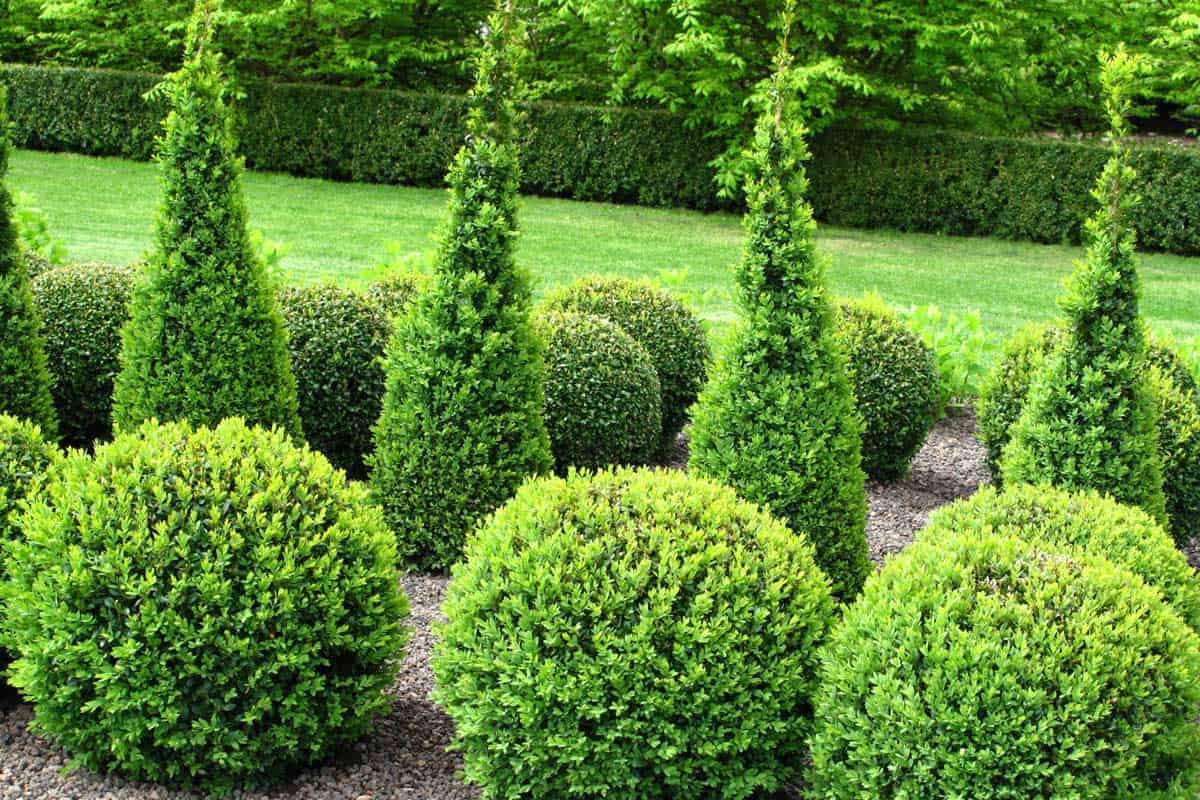
We recommend a spacing distance of 2 to 3 hedge plants per meter. Apply a layer of mulch to reduce water loss through evaporation and prevent weed growth.
:max_bytes(150000):strip_icc()/close-up-of-boxwood-bushes-in-amstelpark-during-sunlight-562788621-59a5c0b668e1a200136f6c3b.jpg)
/arborvitae----92296656-59a5c16f685fbe00104ededb.jpg)
Hedges require little maintenance, unlike walls which need to be painted and panels replaced when wind-damaged or rotted The effectiveness of the hedge to reduce noise depends on the density, maturity and height of the hedge Thick, evergreen hedges will effectively reduce noise levels. Unlike walls that divert winds upwards, a hedge filters and calms the wind, thus improving air circulation and creates a sheltered micro-climate The cost is low when compared to building walls and fences

#Hedge plants free#
Planting a hedge is an easy DIY task and all you need is a spade, a free day, some compost and hedging plants. Here are the advantages of garden hedges: It is mainly used for privacy and screening Why you should grow a hedge A hedge is a boundary or fence formed by closely growing shrubs or bushes.


 0 kommentar(er)
0 kommentar(er)
